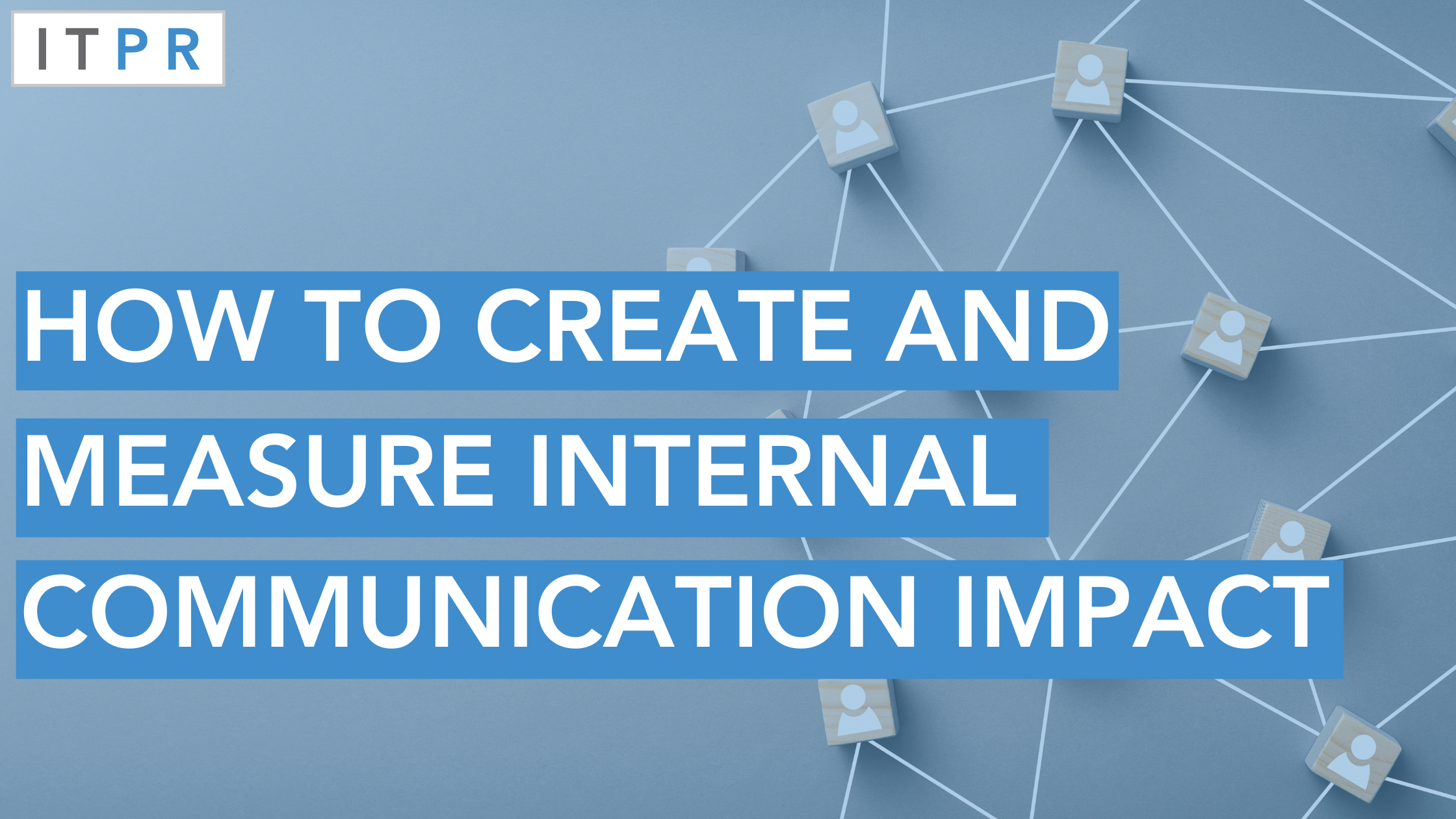How to Empower your Middle Managers to be Effective Internal Communicators
Middle managers, despite being the butt of many a Dilbert-style joke, are organisational linchpins. Their role comes with its own unique set of...

Gone have the days of excitedly dropping the phrase ‘new normal’ into conversation when describing hybrid working.
Hybrid working is not the ‘new normal’ - it is just, well, normal.
Out of all the changes exacerbated by the pandemic, the emergence and rapid adoption of hybrid working may be one accelerated trend that stands the test of time - a trend which has resulted in a significant shift in how businesses communicate with their employees.
This shift has created additional responsibilities that rest on the shoulders of business leaders: how to reach, communicate and engage with dispersed groups of employees.
It was through this period of change that the importance and understanding of Internal Communication skyrocketed up the agendas of business leaders and has remained there ever since.
Data from the Office of National Statistics (ONS) indicates that the percentage of people hybrid working continues to increase, reflecting a trend from the start of 2022 - there is really no going back.
With businesses turning to hybrid workforces as permanent fixtures, business leaders are presented with fresh challenges - one of which is how they ensure efficient, effective and engaging Internal Communication, for their now permanent hybrid workforces.
Internal Communication underpins successful hybrid workplaces. Getting it right is easier said than done, as it requires careful planning and a real understanding of not only your employees, but the available resources. Two years down the line, the rapidly created Internal Communication plan, which helped business to muddle through the pandemic, may not be fit for purpose in an almost fully engrained hybrid working world.
Developing an Internal Communication strategy provides the roadmap to align employees with an organisation's mission, vision and strategic objectives - which, when executed correctly can be proven to increase the bottom line.
When delivered in an effective and strategic way, Internal Communication helps to build a culture of transparency between management and employees, by aligning business objectives with business ethos, to ensure everybody is pulling in the same direction.
Internal Communication strategies are at a pivotal moment, with hybrid working very much the norm, the decisions that organisations make regarding how they approach Internal Communication is likely to set the trend for the coming decade.
If there is an existing strategy, now is the time to augment it, if there isn’t one - then you’d better get on with it.
Communication doesn’t happen in a vacuum and if you can’t hear what your employees are saying, how can you hope to align employees with the organisation's mission, vision and strategic objectives?
When selecting Internal Communication channels, it is imperative to ensure that the channel used encourages two-way communication - allowing for the person delivering the message to receive feedback from those receiving it.
It is important to know what channels are at your disposal and to understand which channels are best suited to your employees. A great way to find this out is to undertake an Internal Communication audit.
Take the auditing opportunity to engage with employees, so they can share individual and collective ideas about how they are enjoying the hybrid working environment - they may have ideas that have not been considered.
A true sign you’ve got Internal Communication right, is when employees willingly interact with digital communication, such as posts on the Intranet. This interaction helps increase teamwork and fosters organisational belonging, and enhances the culture - especially when face-to-face contact is limited.
When introducing new digital channels, people need encouragement to get involved - this is where gamification can help tackle initial resistance.
It works by creating ways to encourage employees to play games that offer points, rewards and even status. The aim being to get the employee to improve their skills and goals, or meet set objectives.
For example, an internal blogging scoring matrix across the organisation, with blogs encouraged to be created by employees at every level about what they’re up to within the organisation, may form part of a wider strategic goal to get employees engaged with the MD’s blog, which contains key organisational messages.
This encourages people to log on, create and post content, share congratulations, and spur each other on. The gamification aspect inspires employees to interact and to ‘win’ by having the largest volume of engagements, such as likes and comments.
Gamification can help to bring teams closer together, break down restrictive professional barriers and upskill employees - all connected to increasing their sense of belonging to an organisation.
Whichever path your Internal Communication efforts take, people are hardwired for connection and those organisations that fail to ensure their Internal Communication efforts are hybrid working worthy, risk unwittingly creating a disconnect.
A lack of transparency and infrequent, unengaging communication, which decrease employee morale and productivity, will have a direct negative impact upon the bottom line.

Middle managers, despite being the butt of many a Dilbert-style joke, are organisational linchpins. Their role comes with its own unique set of...

How to Create and Measure Internal Communication Impact

Internal Communication impacts every single employee, at every level - so getting it right is crucial. When done well, Internal Communication can...